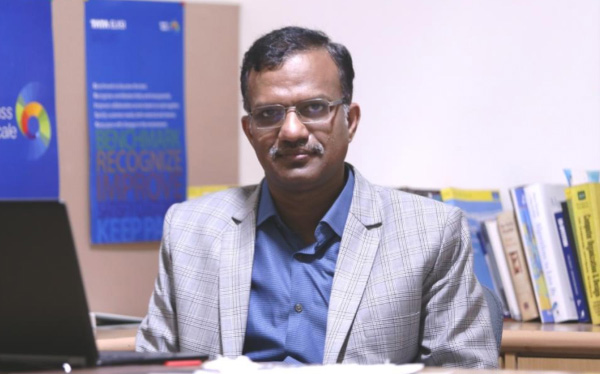Despite a few early hurdles related to technology and re-skilling issues, SDN is finally making headway as implementation partners like Tata Elxsi are witnessing increasing attention from CIOs and IT teams on building more efficient network infrastructure.
“Choosing the right SDN solution is the key towards the transformation for every enterprise. CIOs are usually more inclined towards specific SDN solutions that are simple to implement and secure while it promises to bring significant cost savings.” – Rajagopalan Rajappa, Deputy CTO – SDN/NFV Technologies, Tata Elxsi
How far has India come in its journey to make SDN mainstream?
SDN is a new approach that gives administrators and network engineers the ability to respond quickly to the changing business requirements. The ability to manage and provision network services from a centralized location enables deployment of applications at a faster rate, upscale network infrastructure with minimal disruption and reduce the overall cost of deployment.
In theory, the deployment of SDN platform is expected to simplify the network, improve agility and enable automation. But since the technology standardization and maturity level of its implementation was still evolving, the adoption rate in India was slow. The central government has very recently announced the new telecom policy, the “National Digital Communications Policy (NDCP) – 2018” through which the government plans to bring significant growth in the telecom, digital services industries, and is a major boost to adopt new technologies. This is expected to accelerate the pace of adoption. Traditional networks in India simply cannot keep up with the demands that modern enterprise users have. SDN adoption is a necessity now for any enterprise to implement digital transformation.
What are the challenges faced by the industry hampering expedited SDN adoption?
Proving robustness of new platforms that incorporate SDN and other future technologies like NFV and IoT is critical to the implementation and realization of benefits across government and large enterprise networks. Other challenges include re-skilling of the industry workforce with knowledge of these new technologies.
Network transformation demands extensive capital investment for capacity expansion. Telcos and service providers, who are expected to create innovative digital business services and support various government initiatives for Digital India, are currently facing challenges to invest effectively in such transformation initiatives due to fierce competition, pricing war, increased churn, reduced revenues and huge debt trap from spectrum acquisitions. Large enterprises too have not taken up a significant leap into SDN due to the lack of confidence in the maturity level of SDN solutions in-spite of the huge cost reduction and simplification it brings into the operations and management of network infrastructure.
System integrators like us play an important role in an organization’s multi-phased transformation journey through multi-vendor system integration; certification and benchmarking of vendor-supplied solutions and managed services for end-to-end service fulfillment with assurance.
Is the government’s push towards digitization a major driver of the technology? What’s your say on the current policy and regulation norms?
Indian central and state governments have undertaken multiple initiatives towards technology transformation with a vision of Digital India. State Data Centers and State Wide Area Networks (WAN), as well as other infrastructure projects planned under the Digital India programme such as BharatNet / National Optical Fibre Network (NOFN) project, conversion of 1.5 lakh post offices into multi-service centers are some of the key initiatives. The new policy NDCP-2018 framework ensures universal broadband connectivity for every citizen and aims to propel India to the Top 50 Nations in the ICT Development Index of ITU from 134 in 2017.
SDN, being a network agnostic software solution has the capability to combine all the available access technologies – the Ethernet, MPLS, internet, 4G, 5G or future technologies to create one or several virtual (overlay) networks on the top of it. The regulators have considered these emerging technology trends while deliberating on policies with an end goal, rather than technology/protocol specific regulations. It allows service providers to comply without restriction to use a specific solution. The policy is flexible to accommodate rapid changes in technologies and services.
What should be the approach of an enterprise CIO while adopting SDN?
An enterprise CIO’s primary goal to create converged networks that offers increased efficiencies, lower costs and improved experience for customers is achievable through SDN and virtual / cloud based services that are agile, robust and resilient. Choosing the right SDN solution is the key towards the transformation for every enterprise. CIOs are usually more inclined towards specific SDN solutions that are simple to implement and secure while it promises to bring significant cost savings. Software defined WAN (SD-WAN) is one such SDN solution that digitizes the WAN connectivity across enterprise branches. It is one of the most beneficial and highly mature SDN solutions, implemented in many large enterprises across the globe.


